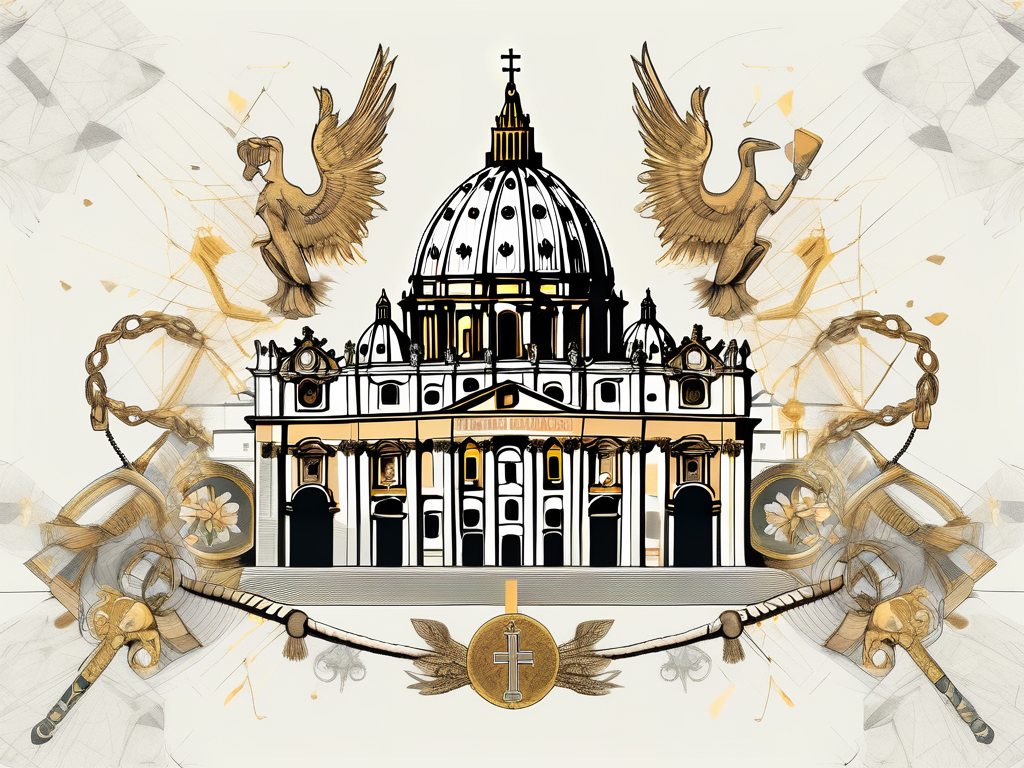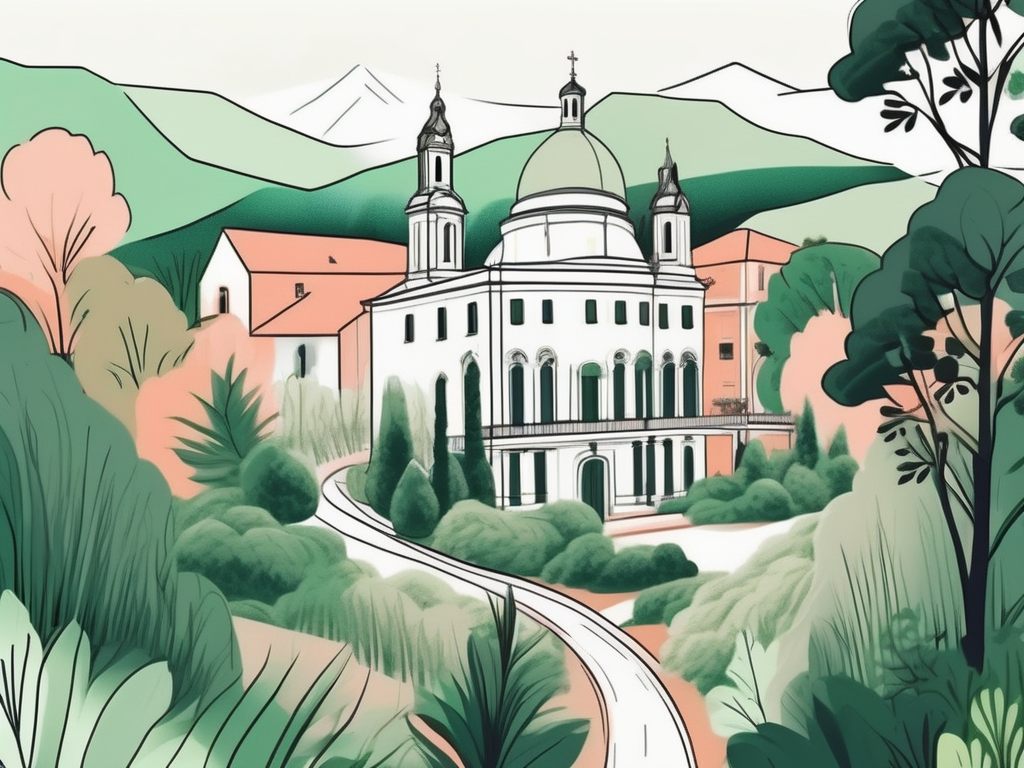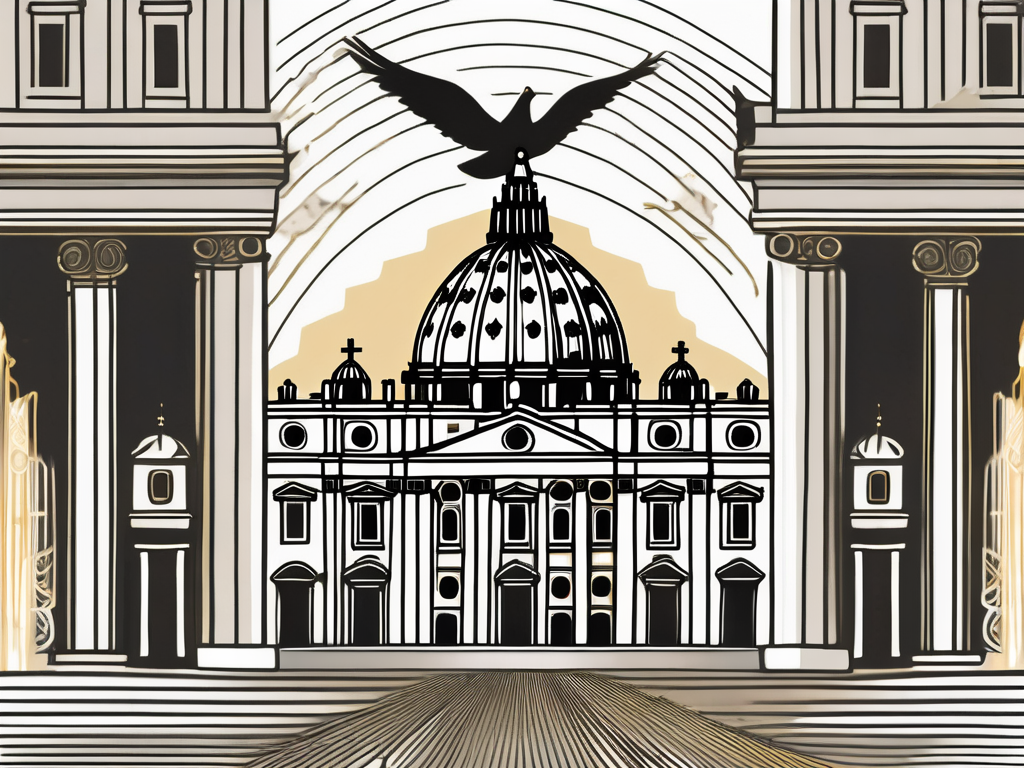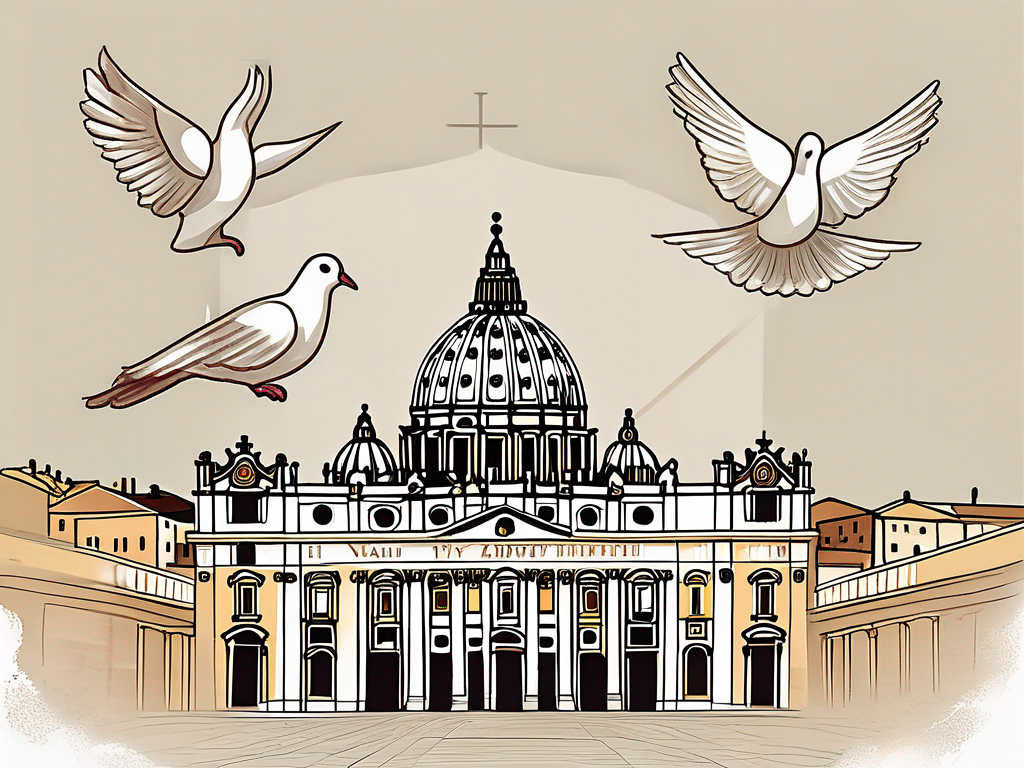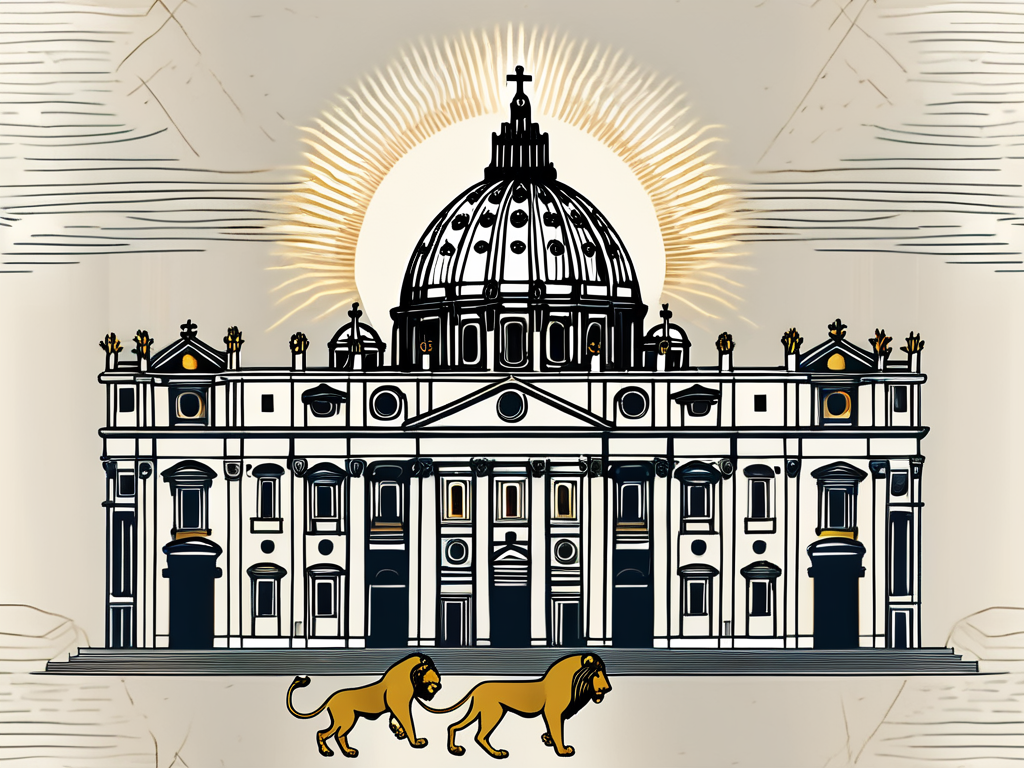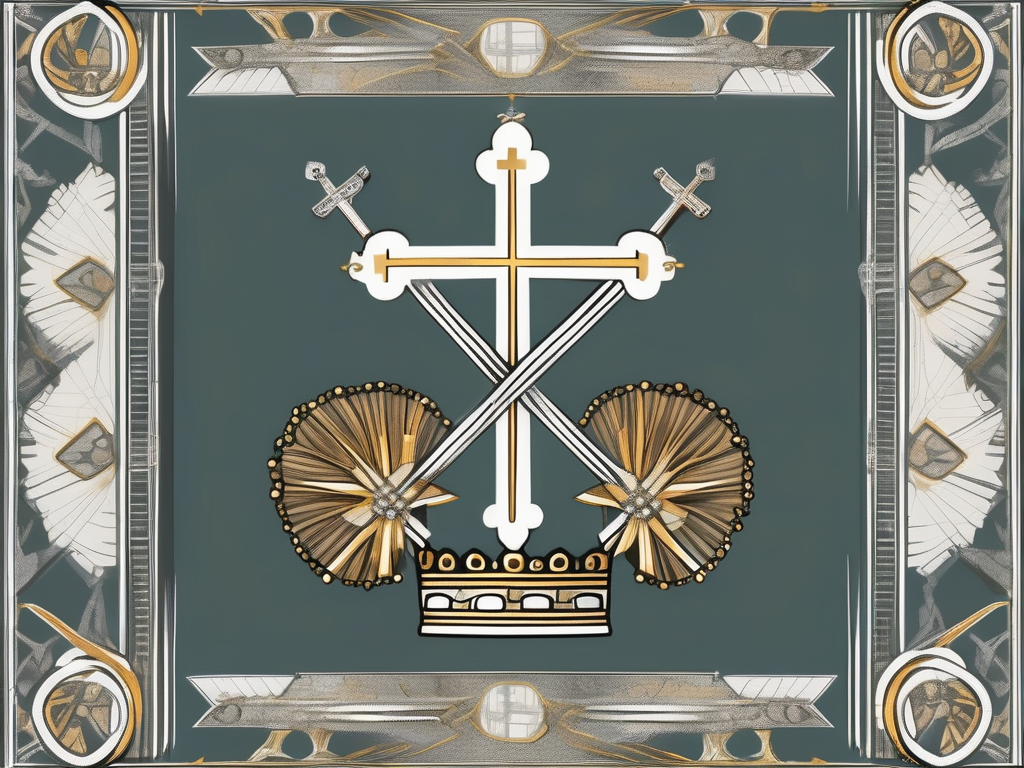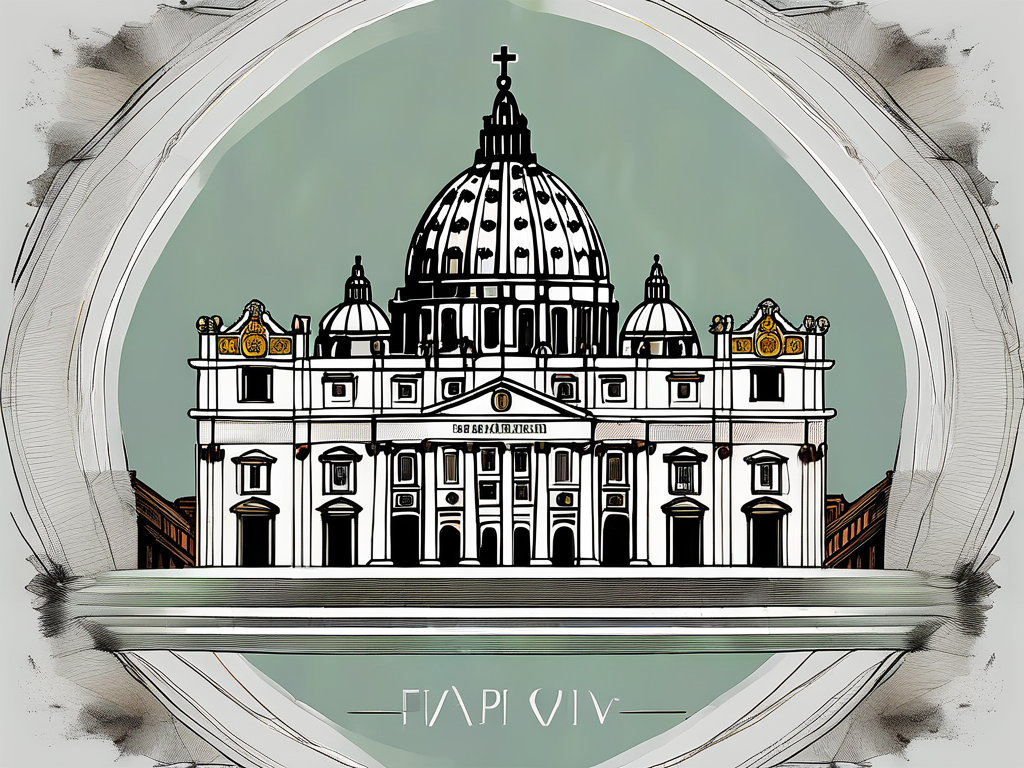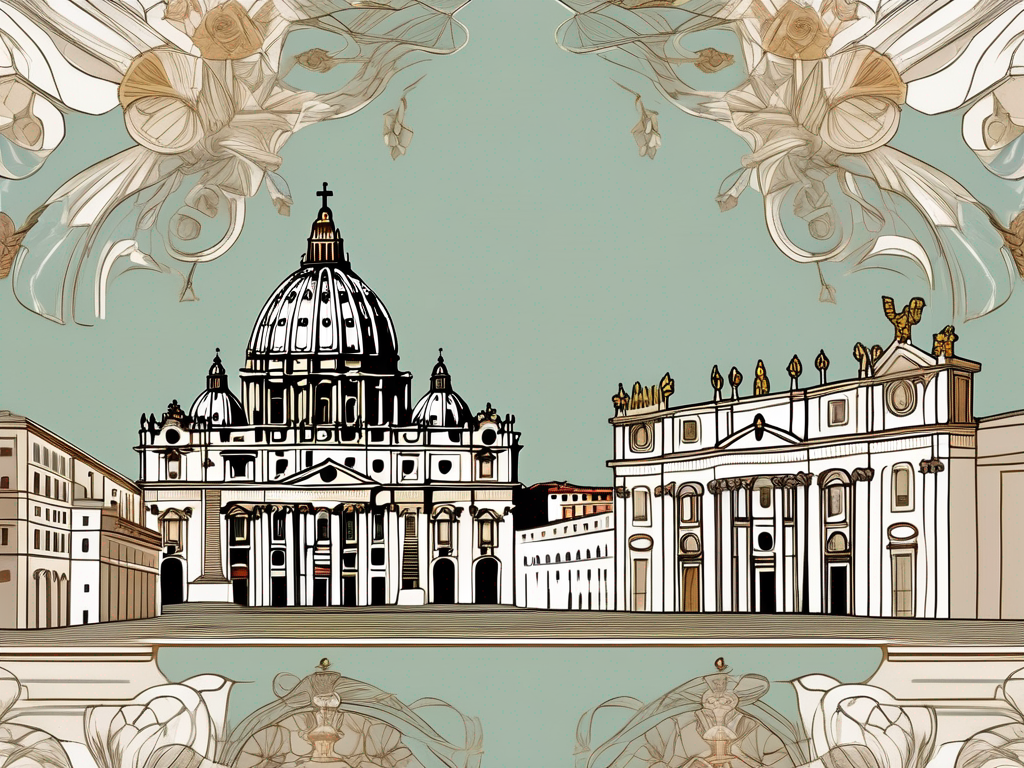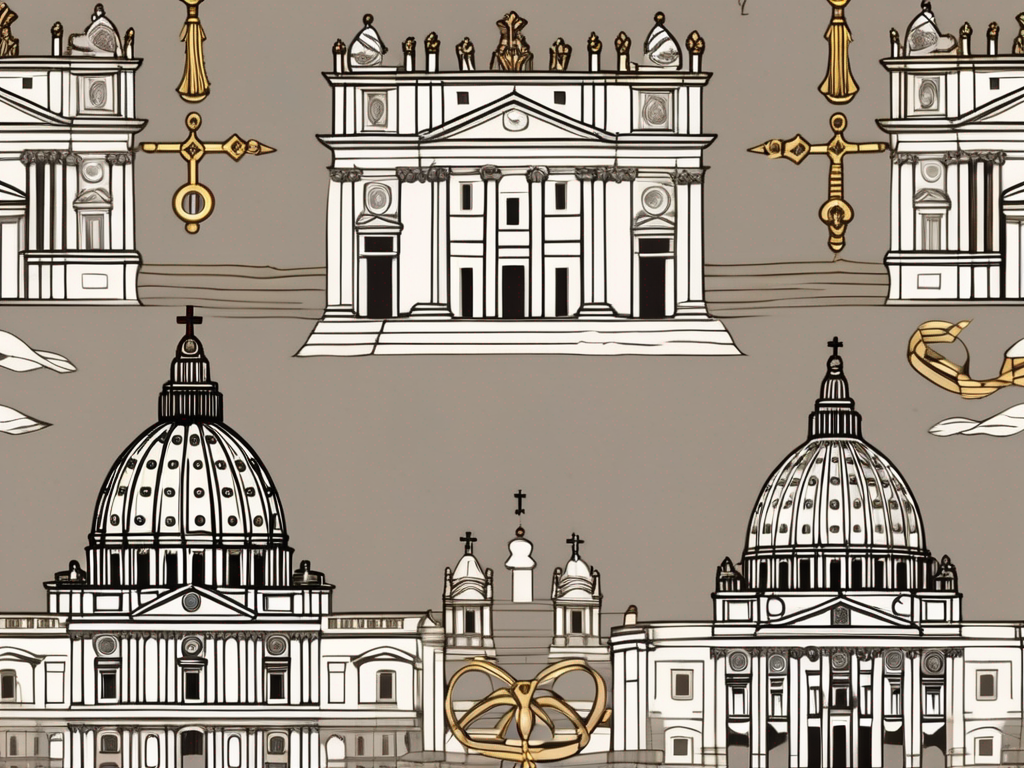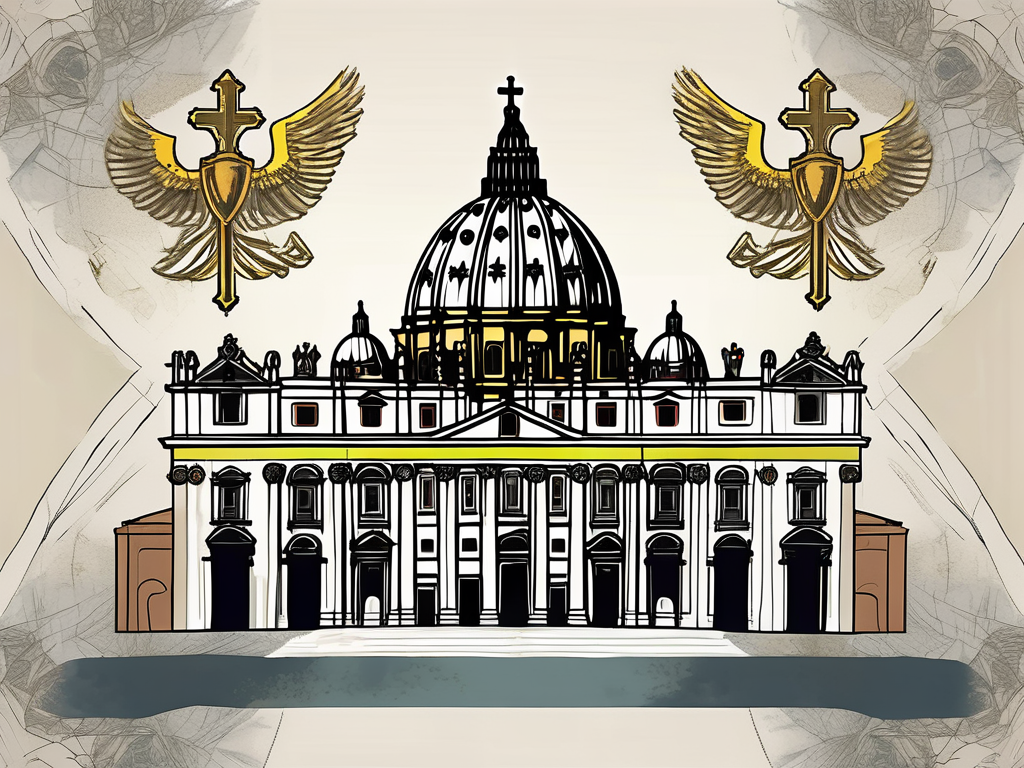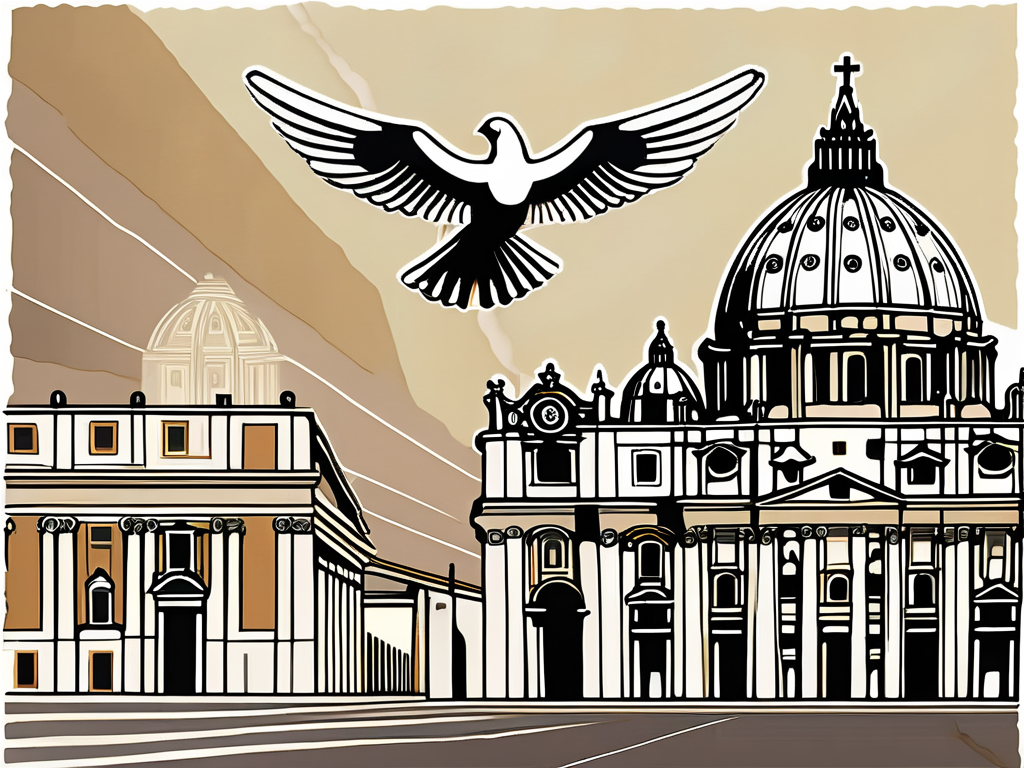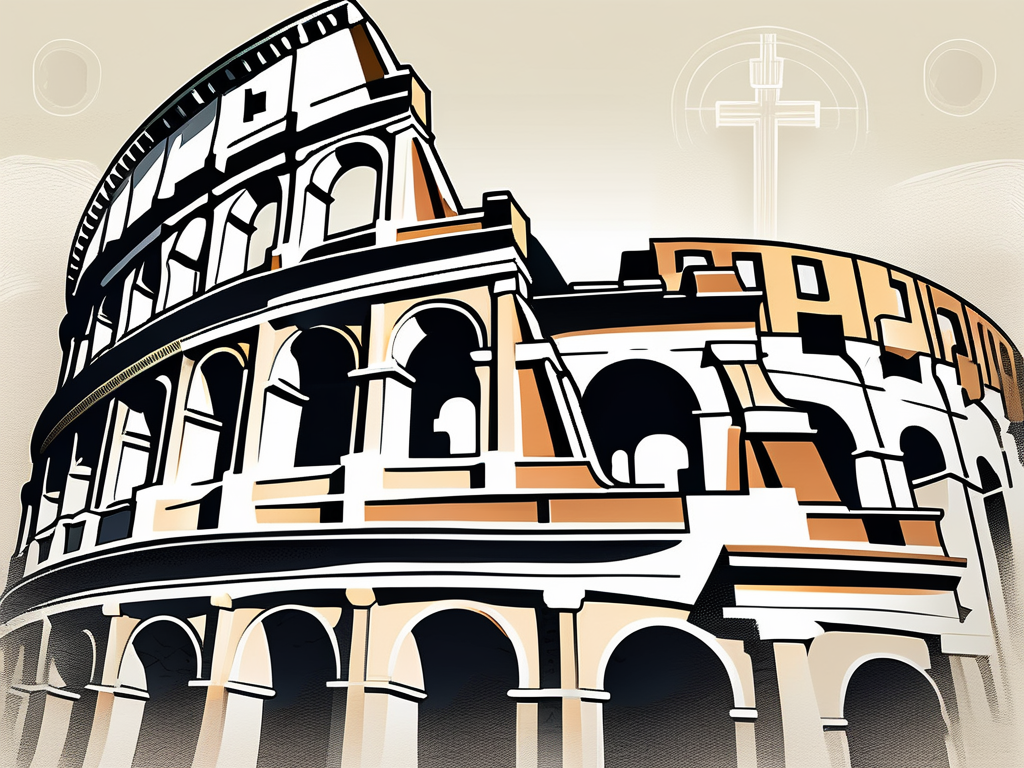Pope Leo IX, formerly known as Bruno of Egisheim, was a significant figure in the history of the Catholic Church. His early life and education laid the foundation for his later accomplishments, and his reign as Pope was marked by crucial reforms and policies. He played a key role in the Great Schism and made notable contributions to the Church. Today, his legacy continues to impact the Papacy and the faithful.
Early Life and Education of Bruno of Egisheim
Bruno of Egisheim was born into a noble family in the year 1002. His birth and family background provided him with the resources and connections necessary for a successful ecclesiastical career. Growing up in the tumultuous times of the Middle Ages, Bruno’s early experiences shaped his character and prepared him for the challenges he would face later in life.
Education played a pivotal role in Bruno’s journey. He received a thorough education, which included studying the liberal arts and theology. During his formative years, Bruno developed a passion for learning and a profound faith. His educational background would serve him well throughout his life, equipping him with the knowledge and wisdom needed to navigate the complex world of politics and spirituality.
Birth and Family Background
Bruno of Egisheim was born into the noble Egisheim family in the year 1002. His family background provided him with a privileged upbringing, giving him access to resources and opportunities that many others did not have.
The Egisheim family was known for its long-standing tradition of service to the Church and the state. Bruno’s ancestors had held influential positions within both spheres, establishing a legacy of power and prestige. This lineage instilled in Bruno a sense of duty and responsibility to carry on his family’s honorable traditions.
As a child, Bruno was surrounded by the trappings of nobility. His family’s grand estate was a hub of activity, with servants bustling about and knights training in the courtyard. The young Bruno would often watch in awe as his father, a respected lord, presided over important meetings and made decisions that shaped the fate of their lands.
Despite the privileges that came with his noble birth, Bruno’s parents were determined to instill in him a strong moral compass and a deep sense of humility. They taught him the importance of treating others with kindness and respect, regardless of their social standing. These early lessons would leave a lasting impression on Bruno, shaping his character and guiding his actions throughout his life.
Education and Early Ecclesiastical Career
Bruno received a comprehensive education, studying the liberal arts and theology. His passion for learning and his strong faith set the foundation for his later achievements. From a young age, Bruno displayed an insatiable curiosity and an eagerness to explore the world of ideas.
Under the guidance of skilled tutors, Bruno delved into the works of ancient philosophers, immersing himself in the wisdom of Aristotle and Plato. He studied rhetoric and logic, honing his skills in persuasive argumentation and critical thinking. These intellectual pursuits not only expanded Bruno’s knowledge but also sharpened his analytical mind, enabling him to approach complex theological and philosophical questions with clarity and precision.
In addition to his academic studies, Bruno also received practical training in various aspects of ecclesiastical life. He learned the intricacies of liturgical practices, mastering the art of conducting religious ceremonies with grace and reverence. Bruno also studied canon law, familiarizing himself with the rules and regulations that governed the Church’s operations.
As Bruno grew older, his dedication to his faith deepened. He spent hours in prayer and contemplation, seeking a closer connection with God. This spiritual devotion fueled his desire to serve the Church and its followers, motivating him to pursue a career in ecclesiastical leadership.
Bruno’s early ecclesiastical career included various positions within the Church hierarchy, where he demonstrated his dedication and commitment to serving God and the faithful. He served as a deacon, assisting the clergy in their pastoral duties, and later rose to the rank of archdeacon, overseeing the administration of a diocese.
During this time, Bruno’s leadership skills and diplomatic acumen became evident. He navigated the complex web of political alliances and rivalries, skillfully mediating disputes and forging alliances that would benefit the Church and its mission. Bruno’s ability to balance the demands of spirituality and politics would prove invaluable in the challenges he would face in the years to come.
Ascension to Papacy as Pope Leo IX
After his election and consecration as Pope Leo IX, Bruno embarked on a journey that would forever change the course of the Catholic Church. His ascent to the papacy was the culmination of years of hard work and devotion, and he wasted no time implementing reforms and policies that aimed to strengthen the Church and address its challenges.
Election and Consecration
In 1049, Bruno was elected as Pope Leo IX. The high regard in which he was held by his peers was a testament to his character and capabilities. With his election, Bruno took on the name Leo IX and began his papacy with a clear vision for the Church and a determination to enact necessary changes.
Reforms and Policies
One of the most significant aspects of Pope Leo IX’s papacy was his commitment to reform. He recognized the need to address corruption and abuses within the Church, and he implemented various measures to combat these issues. Leo IX’s reforms spanned across different areas, including the clergy, papal control, and the spiritual life of the faithful.
Leo IX’s policies also focused on strengthening the Church’s influence and authority, both within the Papal States and on the international stage. He worked diligently to forge alliances and resolve conflicts, seeking to bring unity and stability to a divided Christendom. His efforts earned him respect and admiration from both religious and secular leaders throughout Europe.
Pope Leo IX and the Great Schism
The Great Schism of 1054 was a significant turning point in Christian history, resulting in the division between the Catholic Church and the Eastern Orthodox Church. Pope Leo IX found himself at the center of these events, playing a crucial role in the lead-up to the schism and its aftermath.
The Events Leading to the Schism
The events leading to the Great Schism were multifaceted, with theological, political, and cultural differences contributing to the rift between East and West. Leo IX’s attempts to address these differences ultimately strained the already fragile relationship between the Catholic Church and the Eastern Orthodox Church.
Leo IX’s Role and Actions
Pope Leo IX’s response to the developing schism reflected his dedication to preserving the unity of the Church. He sought to reconcile the differences between the East and the West, engaging in dialogues and educating himself on the theological disputes at hand. While his efforts were ultimately unsuccessful, Leo IX’s commitment to unity demonstrated his unwavering faith and desire for a cohesive Christendom.
Contributions to the Catholic Church
Pope Leo IX’s contributions to the Catholic Church extended beyond his papacy and the Great Schism. His theological insights and administrative reforms left a lasting impact on the Church and continue to shape its practices and structures to this day.
Theological Contributions
Leo IX’s theological contributions centered around the development of canon law and the clarification of key doctrines. He recognized the need for a systematic approach to the Church’s teachings and played a pivotal role in establishing the foundations of canon law, which has since become an essential component of the Catholic Church’s governance.
Administrative and Structural Changes
Pope Leo IX introduced significant administrative and structural changes to the Catholic Church. His reforms aimed to streamline the Church’s operations and ensure greater efficiency, accountability, and transparency. These changes improved the functioning of the Church and provided a solid framework for future generations to build upon.
Pope Leo IX’s Legacy
Pope Leo IX’s legacy is multifaceted, encompassing the impact of his reforms, his role in the Great Schism, and his canonization and veneration by the faithful.
Impact on the Papacy and Church
Leo IX’s papacy marked a turning point in the history of the Papacy. His reforms and policies set a precedent for future popes, encouraging them to prioritize Church unity, address corruption, and promote theological clarity. The transformative changes he implemented laid the foundation for a stronger, more resilient Catholic Church.
Canonization and Veneration
In recognition of his profound holiness and contributions to the Church, Pope Leo IX was canonized as a saint. His veneration by the faithful serves as a testament to his enduring legacy and the enduring impact of his life and work. Saint Leo IX continues to inspire Christians around the world, reminding them of the importance of faith, dedication, and commitment to the Church.
In Conclusion
Pope Leo IX’s journey from Bruno of Egisheim to the papacy is a tale of determination, reform, and devotion. His impact on the Catholic Church, both during his lifetime and enduring through the centuries, cannot be overstated. From his early education to his role in the Great Schism, Leo IX left an indelible mark on the Church, shaping its teachings, practices, and structures. His legacy serves as a reminder of the enduring power of faith and the potential for transformation within the Church.
